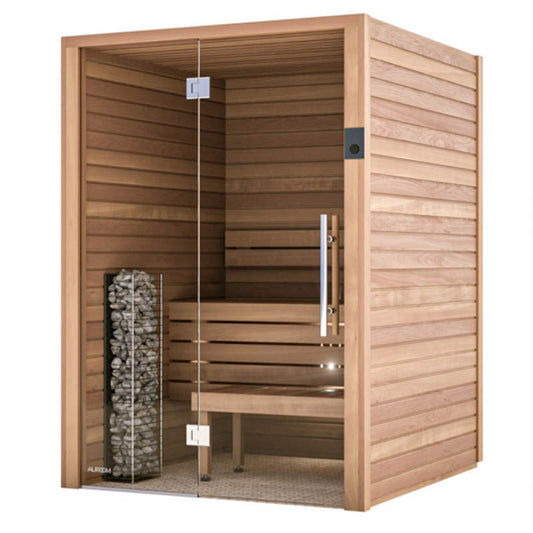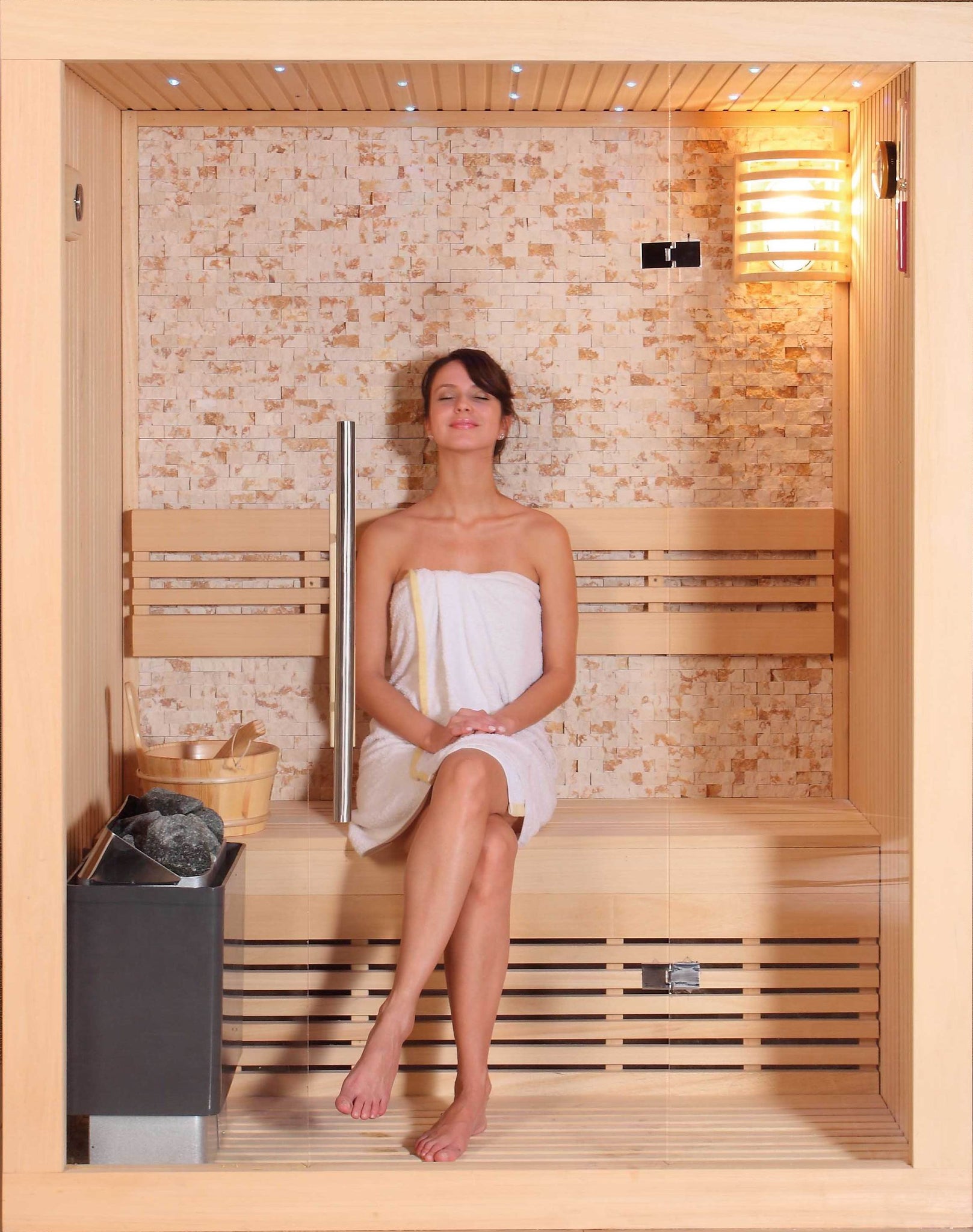Examine This Report on Traditional Sauna
Examine This Report on Traditional Sauna
Blog Article
3 Simple Techniques For Traditional Sauna
Table of ContentsExamine This Report on Traditional SaunaFascination About Traditional SaunaTraditional Sauna for DummiesThings about Traditional Sauna
A lot of the weight lost in a sauna is water loss and is re-gained upon rehydrating. Nevertheless, undoubtedly sauna can be a fundamental part of a healthy and balanced weight-loss program. To take a look at the differences between typical and IR saunas, I will divide these right into verifiable, academic, and produced differences.Therefore, the most popular point in the saunawhich is at the ceiling straight above the sauna heateris typically between 185 and 190 F. Traditional Sauna. Claims that a typical sauna exceeds 200 F is simply not real and not applicable for electrical saunas marketed in the US. The temperature level for a far-infrared sauna is usually established between 120 and 140 F; however, unlike the conventional sauna, the objective in and IR area is not to attain a high temperature level
Since of this, the temperature difference is nearly unimportant, given that profuse sweating leads to both sauna types, yet the technique of heating up the body is different. In an IR sauna the bather will really feel warm and will certainly sweat a lot, but at much reduced temperature levels. Thus, if the goal is to spend longer amount of times in the sauna, the IR sauna is an excellent choice.

The 7-Second Trick For Traditional Sauna
When the heat is attained, the components cycle on and off to keep the heat. A lot of traditional sauna users appreciate pouring water over the rocks to produce heavy steam to elevate sauna moisture degrees. The benefits of pouring water over the rocks include: making the room more comfy, moistening the nasal passages, and permitting the use of aromatherapy by mixing necessary oils with the water.
In a far-infrared sauna, the warmth waves permeate the body to efficiently warm the body and increase the body core temperature. To achieve this increased temperature, Far-infrared emitters develop infrared energy which is close to the same wavelength as that which the body naturally emitsoften referred to as the "Important Variety" of 7 to 14 microns), so the energy is well received by the body.
When the energy gets in the body, it triggers the body temperature to increase and eventually results in perspiration. In an infrared sauna it is essential for the emitters/heaters to remain on almost continuously. Given that there is no mass of rocks to preserve warm, the sauna will cool if the emitters turned off.
As pointed out over, the sauna bather in an infrared space intends to position himself before running emitters to get maximum take advantage of the warm. The heating time for both rooms can be really various, depending on just how the spaces are used. For a conventional sauna, a bather should permit 30-40 mins visit here for the room to achieve a wanted temperature level and to appropriately pre-heat the rocks.
Some Ideas on Traditional Sauna You Should Know
A well built sauna will commonly achieve a temperature of 150-160 F in concerning 30-40 minutes (Traditional Sauna). read what he said For hotter temperature levels, the room might require to warm for a longer duration. When the area accomplishes established temperature level, the heating unit will certainly cycle on and off, generally running regarding 50% of the time. The shielded wall surfaces and the heated rocks will keep the space warm and at stable temperatures.
To some, 15 mins was "wasted" while the infrared power heated up the wood panels rather than heating up a body, while others find a pre-heated space to be more comfortable and believe an elevated beginning temperature is necessary to start sweating. The length of advised usage for every space is about the very same (10-15 minutes per session); nonetheless, due to the lower air temperature levels and the ability to feel the results of infrared warmth much faster than a conventional sauna, it is not unusual for an individual to invest a total of 20-30 mins in an infrared sauna.
Conventional saunas have a tendency to be larger (for this reason make use of even more electricity) than infrared saunas, although standard saunas are certainly offered in one and two individual dimensions. For a two-person standard sauna, 5x6 or 5x7 size is most preferred. The top bench can comfortably seat two or three individuals and is likewise enough time to rest during the sauna session.


The ordinary expense per kWH of electrical energy in the U.S. is approximately $0.11, so a 4.5 kW heating system will certainly cost approximately $.50 to run for one hour, if the heating unit runs continually for one hour. Normally a sauna heater will compete 75% of the first hour and 50% of succeeding hours on since the elements cycle once the established temperature is accomplished.
The smart Trick of Traditional Sauna That Nobody is Talking About
A two individual far-infrared room is normally literally smaller sized than More hints a traditional sauna, commonly regarding 4' x 4' or smaller sized. The IR home heating system is typically 1.5-1.7 kW using a 120 volt 15 amp plug-in service. Given that the space can be utilized quicker than a sauna area, we will certainly think the space is used for to of an hour consisting of warm up time.
Ultimately, there is a hardly ever gone over difference in the social experience between the 2 areas. While our culture has lost some of the social benefit of the typical sauna experience, it can be really socially gratifying. From household time in the sauna, to heart-felt conversations with better halves, to sauna partiesthe typical sauna experience can lead to intimate socializing.
The majority of greater end infrared spaces include colored light treatment, noise systems and full-glass fronts. The size of most areas permit 2 individuals to easily utilize the area, while some styles might enable a third or fourth person to use the area. Custom infrared spaces are also offered, with room sizes offered approximately 7' x 8' x 7' high.
Report this page